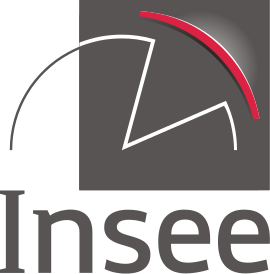Employment, Unemployment, Earnings 2025 Edition
In this book, INSEE and DARES present a set of analyses and indicators on the labour market.
Did the improvement of the labour market since 2015 also benefit the groups of people who are usually far removed from employment?
Sonia Makhzoum (DARES)
Some socio‑demographic characteristics are linked to difficulties in accessing employment. These difficulties result in a lower employment rate and may lead to more frequent unemployment or situations further removed from the labour market (such as inactivity).
In 2024, while 80.1% of all people aged 15 to 64 who were neither students nor retired were employed, the employment rate was significantly lower for single mothers with children under the age of 6 (-23.8 percentage points (pp)), people with little or no qualifications (-22.5 pp), non‑European foreigners (-22.6 pp), and people with health issues (-9.7 pp).
In 2024, people who had at least one of these characteristics had an employment rate 10.7 points lower than that of the overall population aged 15 to 64 who were neither students nor retired. The combination of several of these characteristics further increased difficulties in accessing the labour market.
The improvement of the labour market between 2015 and 2024, which resulted in a rise in the overall employment rate, also benefited people with at least one of these characteristics. Their employment rate increased by 4.7 pp, slightly more than the average increase of 3.8 pp. However, the employment rate of people with little or no qualifications did not improve more than the average over this period. These improvements remained modest in light of the large structural differences that still persisted.



